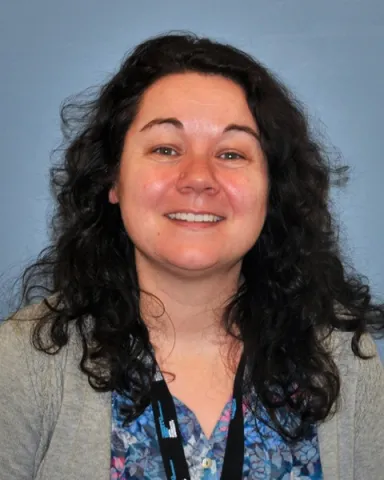Project overview
Anthropogenic activities are having a dramatic effect on Earth's climate, its ecosystems and humanity. Although the sum total of these changes manifests at a global scale, many of the processes involved in causing anthropogenic environmental change operate at the micron and nanometre-scale (i.e. 10-1000x smaller than the width of a human hair). This is important because in order for environmental scientists to design strategies to solve these environmental problems we need to first fully understand them, and all the processes involved, across all the relevant scales. Addressing the micron to nano-scale however currently represents a huge analytical challenge that has, up to now, been the preserve of very large and expensive machines such as synchrotrons and nanoSIMS that have limited access. They also frequently require highly specialised sample preparation that prohibits the analysis of some materials and are often challenging to use to obtain fully quantitative analyses. On the other hand, more flexible and/or more readily available techniques such as laser ablation (LA) inductively coupled plasma mass spectrometry (ICPMS) or electron microprobe either don't have the spatial resolution or the detection limits to provide quantitative analysis of elements present at low concentrations on the sub-5 um scale required. In addition, they struggle to quantify the transient signals (frequently less than one second) that result from single micro-/nano-particle analysis. Consequently, developing solutions to some of the most pressing problems on the planet does not simply require more research - it requires a major advance in the capabilities of the tools of research. Here we request funding for a new type of mass spectrometer that combines the flexibility of sample introduction (e.g. solids or liquids) of a traditional ICPMS with the time-resolved capabilities of time of flight mass spectrometry where all elements in a sample are measured simultaneously. This allows for a crucial advance - the accurate and precise full elemental determination of transient ion signals, with resulting potential for: (i) the analysis of single nanoparticles introduced into the ICPMS source one at a time; (ii) the generation of elemental maps of 2D surfaces (and 3D through depth profiling) at a sub-5 um resolution through the simultaneous full elemental analysis of each laser pulse. The potential for such an analytical tool is enormous and the TOPIC facility housed at the University of Southampton will support a number of funded proposals and existing research. It will also enable new research by the UK environmental science community that ranges across NERCs remit from improving reconstructions of climate change over the last 100 years and better determining the sources of air pollution to improving our understanding of the growth of minerals to lock away carbon dioxide from the atmosphere and providing new resources to support green technologies. The facility will not only enrich our existing research in the School of Ocean and Earth Science and the UK science community, but we will also use this unique facility to leverage new research funding including from industry. Access and training will be provided to researchers from across academia and industry, building on our existing extensive collaborative network and commercial activities. By housing the facility in an existing UK and world leading geochemistry group, that is well-supported with considerable expertise with laser ablation and mass spectrometry, we will ensure the maximum value for the investment on behalf of the UK science and technology community.









